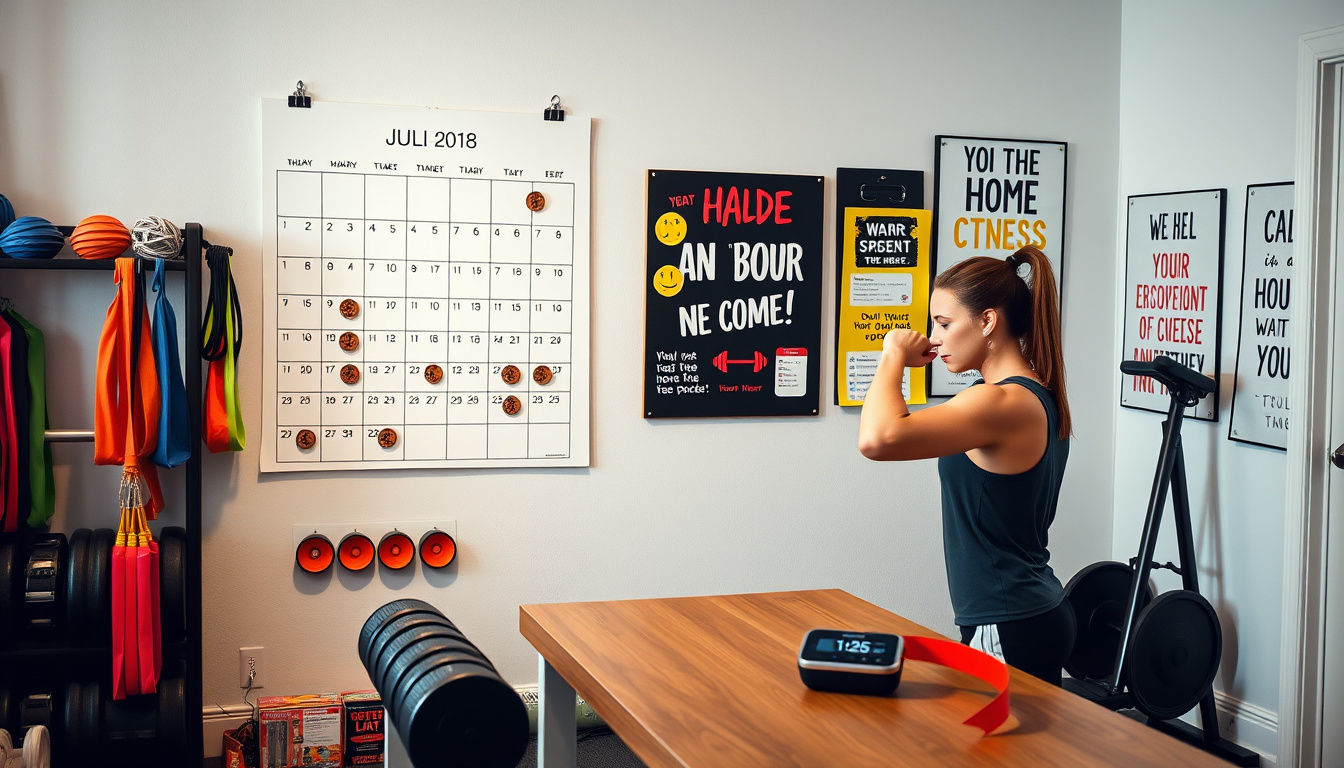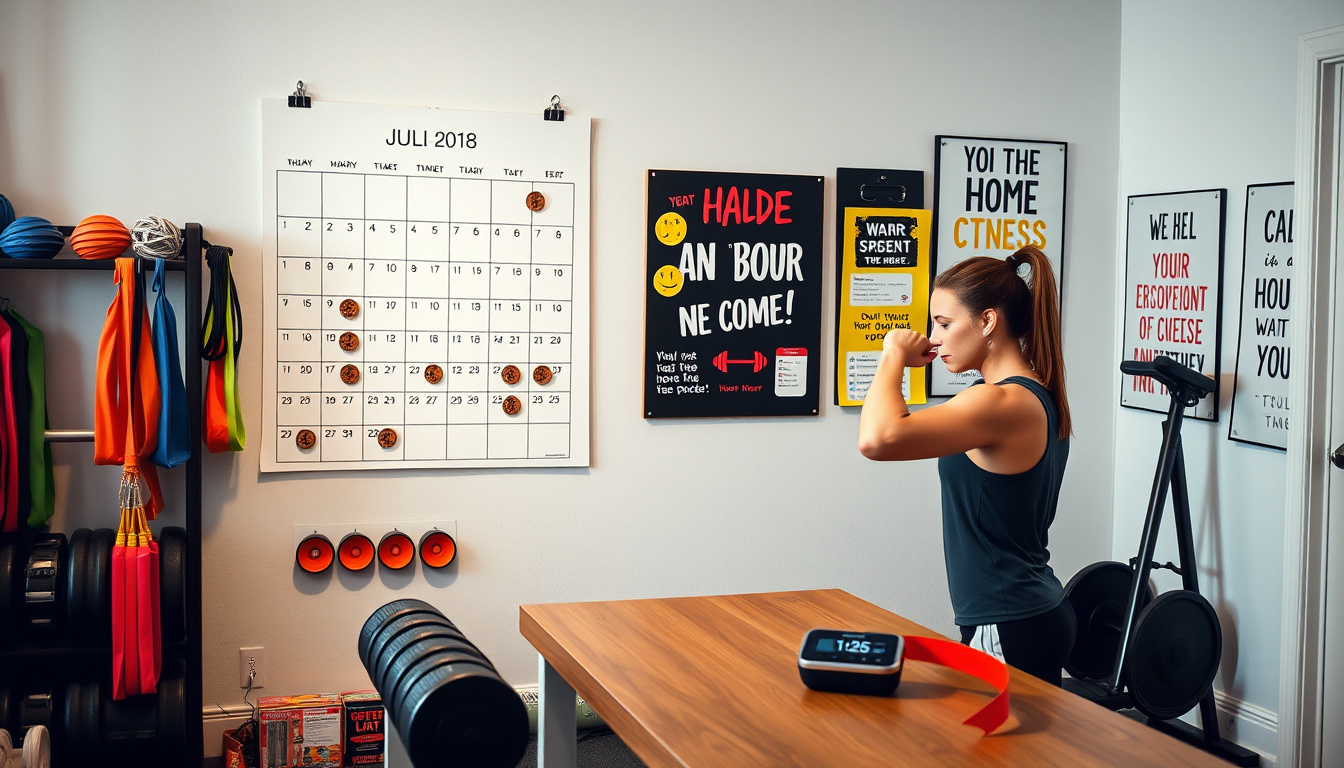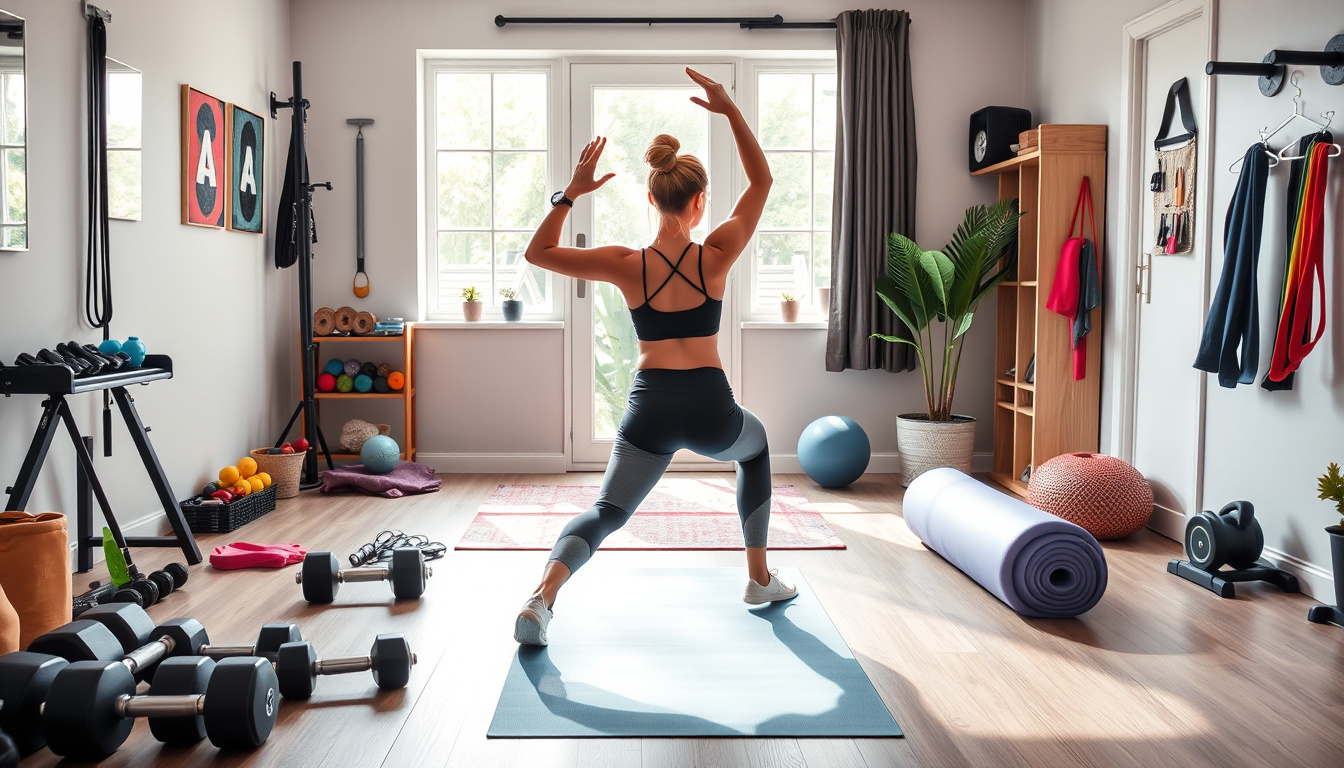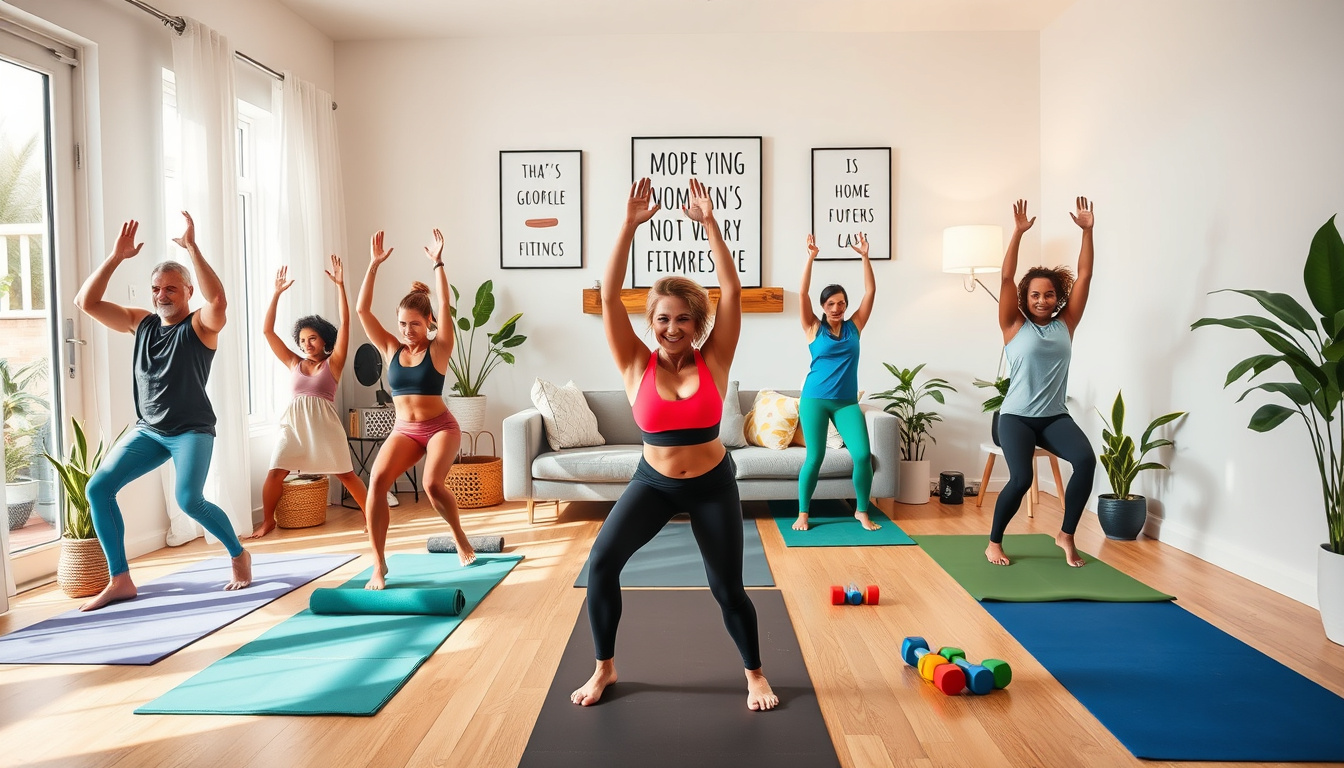In today’s busy world, many people turn to home fitness. They choose home workouts as a fast and effective way to stay healthy without a gym. Whether you are an experienced athlete or beginning your fitness journey, tracking your progress holds great weight in keeping drive and reaching your aims. This article guides you with simple ways to chart your progress so that your home workouts bring real results.
Why Tracking Progress Matters
Tracking your progress in home fitness works for a number of reasons:
-
Motivation: Recording your wins builds drive. When you see how far you have come, it pushes you to work harder and commit.
-
Goal Setting: By tracking your progress, you can set clear and reachable fitness aims. It lets you adjust targets based on real outcomes.
-
Spotting Strengths and Weaknesses: Tracking points out where you excel and where you need help. This leads to focused workouts that bring full results.
-
Avoiding Plateaus: When progress slows, tracking can show that a routine change may spark new growth.
Effective Methods to Track Progress with Home Fitness
1. Keep a Fitness Journal
A simple way to track progress is to use a fitness journal. Write down your workouts with details like the exercises you do, the number of reps, and how long you work out. This record shows your progress over time. Note your feelings during each session as these notes often highlight changes in endurance and strength.
2. Use Fitness Apps
Today, many apps help you keep track of your home workouts. They let you log exercises, record your diet, and even connect with others for extra drive. Popular apps include MyFitnessPal, Fitbit, and Strava. These tools keep your progress visible with clear feedback.
3. Take Measurements
Using physical measurements offers a solid view of your progress rather than weight alone. Measure areas like your waist, hips, arms, and thighs every few weeks. These numbers often show changes that you might not see on the scale.
4. Regular Fitness Assessments
Perform fitness tests every few weeks to see real changes. For example, test your endurance with timed runs or count how many push-ups or sit-ups you can do in a minute. Save your results to see changes in strength, stamina, and overall fitness.
5. Before and After Photos
A picture can show many changes. Taking before and after photos allows you to see your transformation over time. Snap images from the same angles and in similar light to compare your progress accurately.
6. Track Your Nutrition
Monitoring your diet works with your training routine. Use apps to record your meals and check if you meet your health needs. Seeing how your food choices link with your fitness journey can bring better results.
Conclusion
Using simple methods to track progress with home fitness makes your workouts more driven and keeps you involved. With a mix of journaling, apps, measurements, fitness tests, and food logs, you build a clear view of your path. Remember, fitness is a personal journey, and tracking each step helps you see every win along the way. Start now and watch your home workouts turn into real, solid gains!




